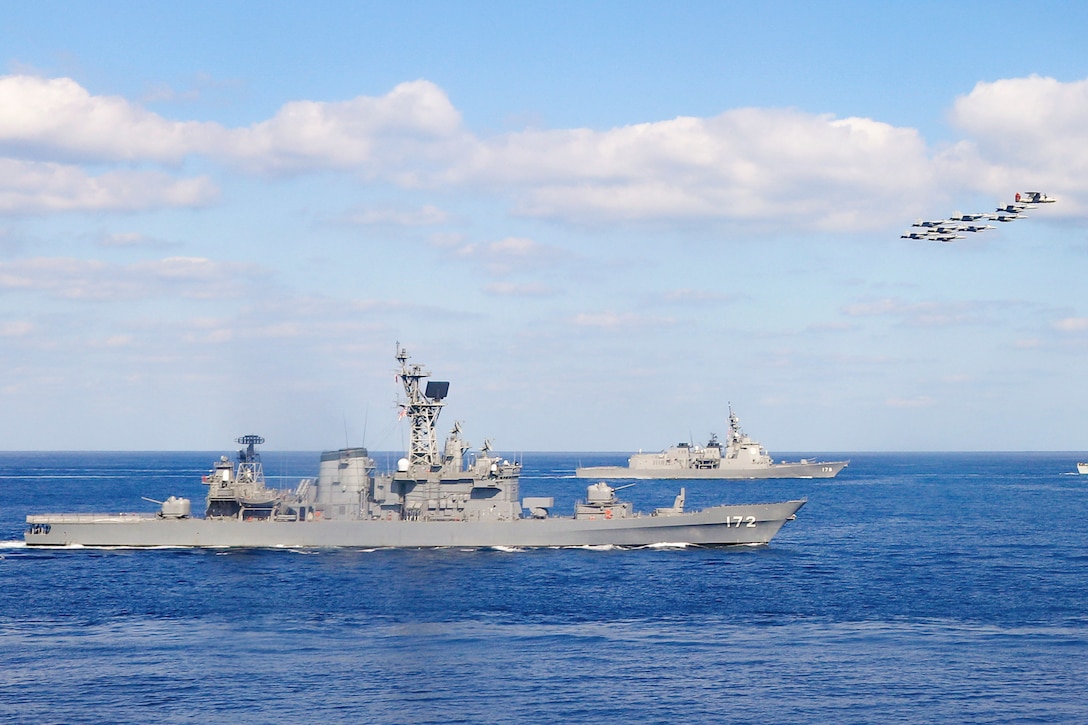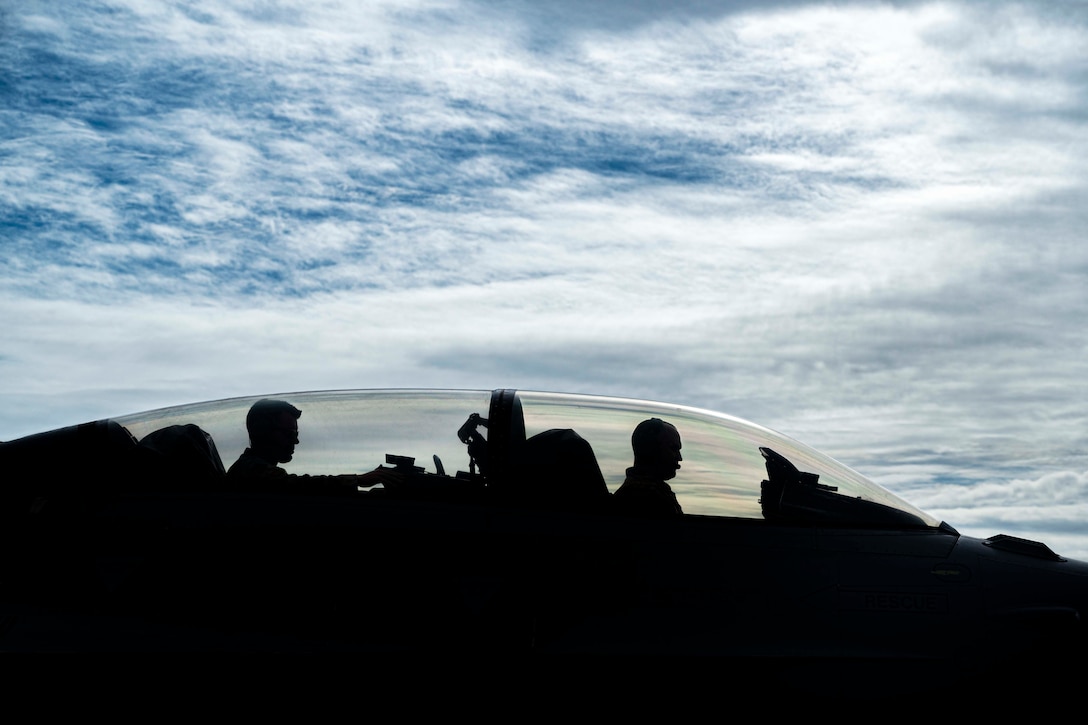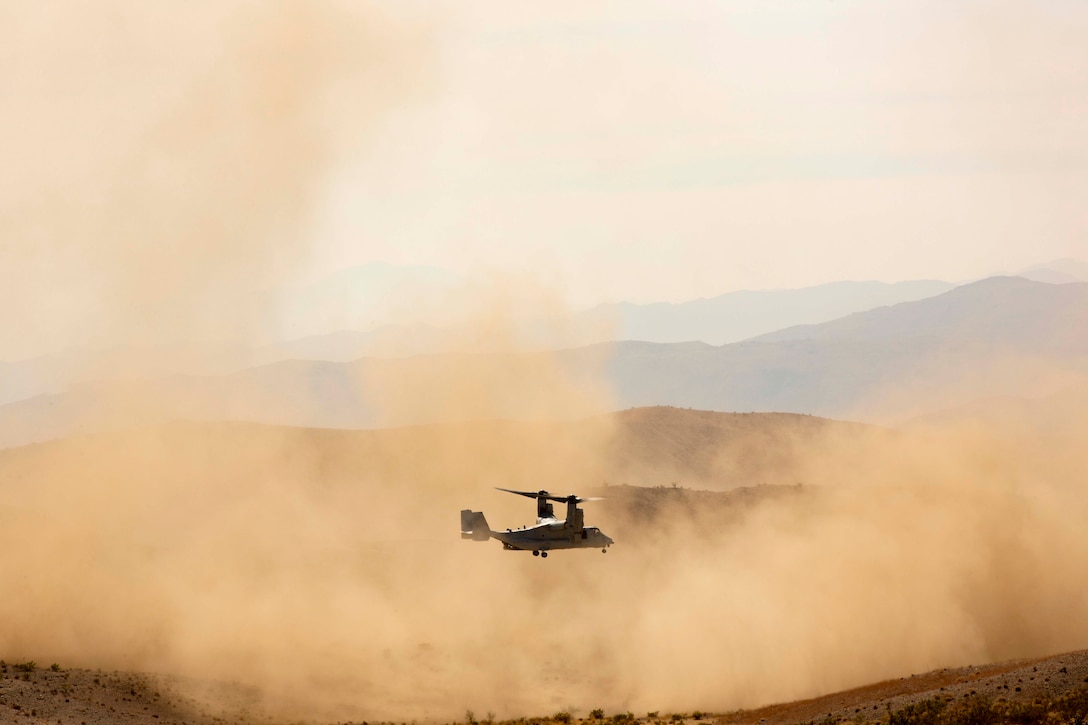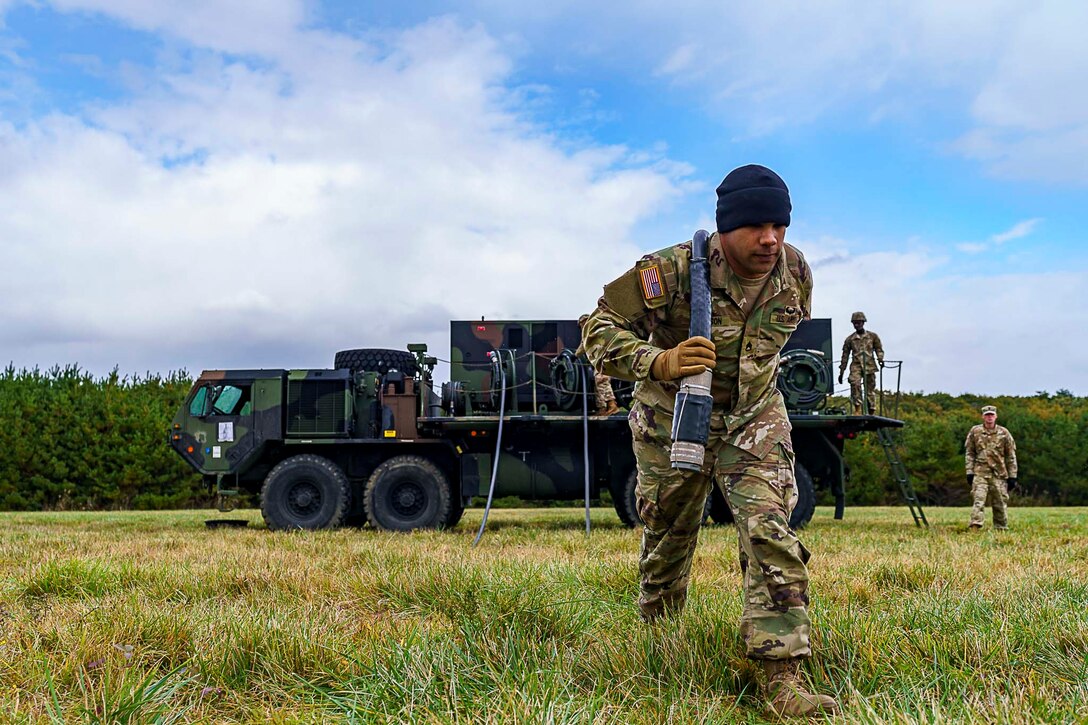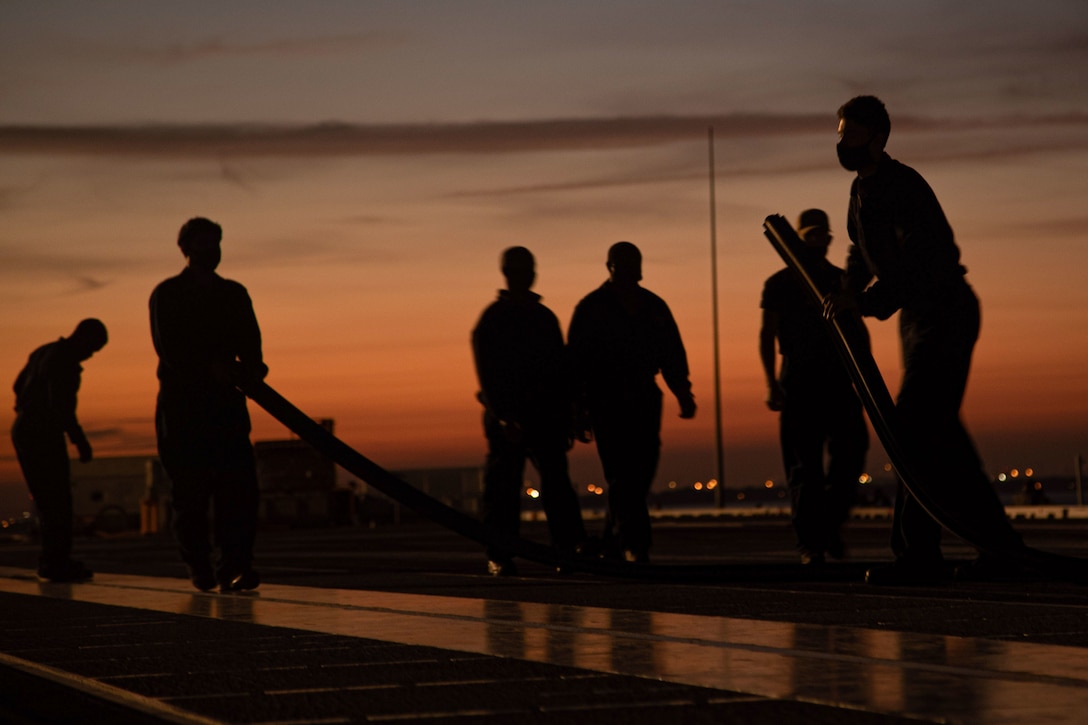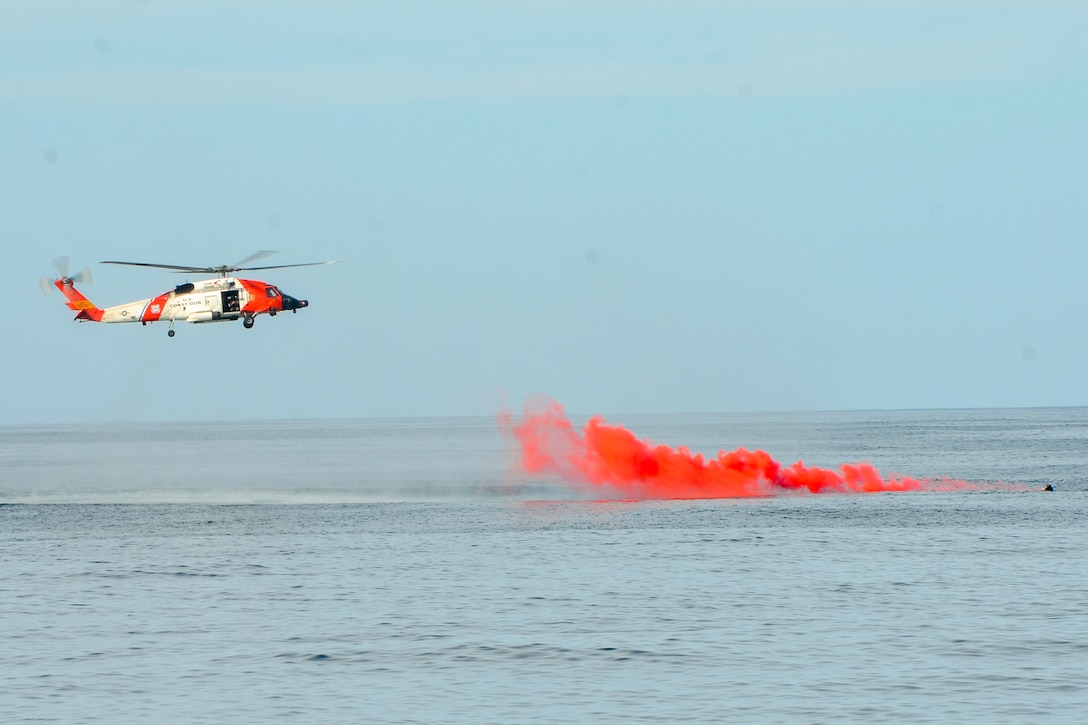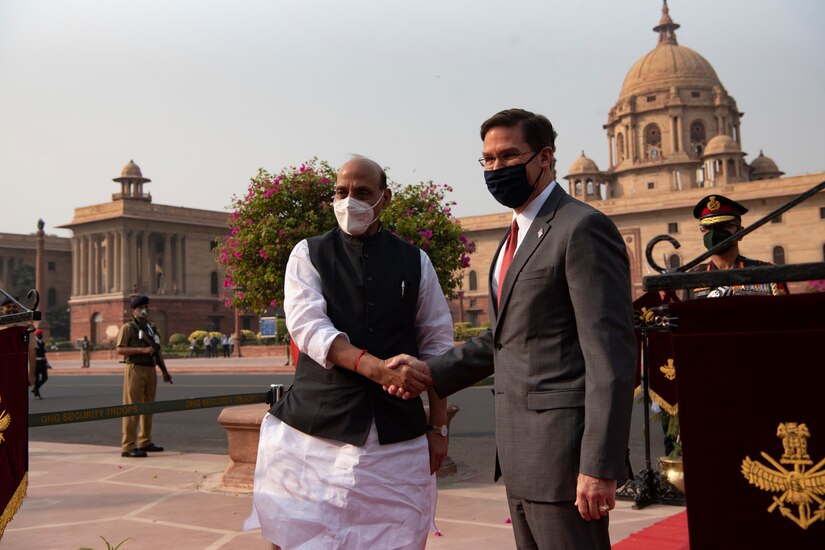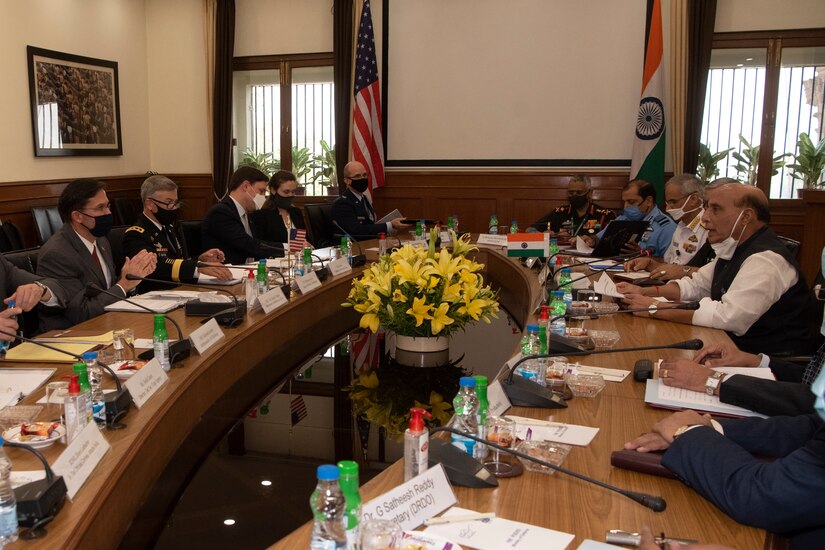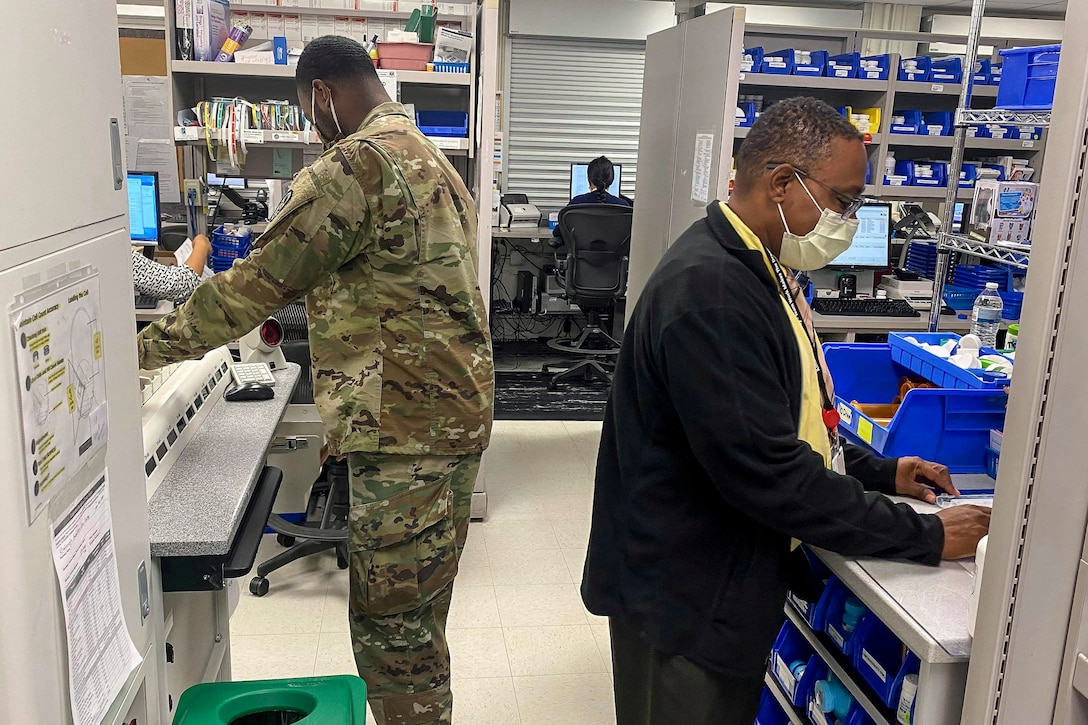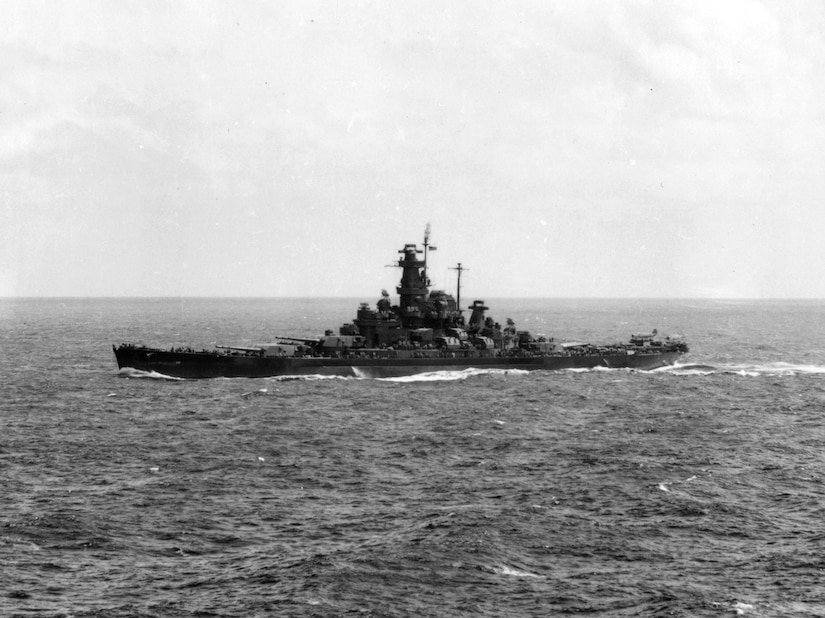Oct. 27, 2020
Secretary of Defense Mark Esper, Secretary Michael
R. Pompeo, Indian Minister of Defense Rajnath Singh, And Indian Minister
of External Affairs Subrahmanyam Jaishankar
FOREIGN MINISTER RAJNATH SINGH: (Via interpreter)
Mr. Mike Pompeo, Secretary of State, Dr. Mark Esper, Secretary of
Defense, my esteemed colleague Dr. S. Jaishankar, distinguished members
of the two delegations, a very warm welcome to both of the secretaries
and your delegations. Thank you for traveling all the way to New Delhi
when traveling is still considered quite risky.
Thank you for your personal commitment to the India-USA partnership.
We are meeting today at an extraordinary time. This pandemic is
something that we have never experienced in our lifetime. Our economies
have suffered losses. People have been affected by the pandemic, and a
number of those have succumbed, which is a number that is far from
insignificant. We have implemented the whole-of-government approach to
take industrial and service outputs back to normalcy. We are providing
relief to all those badly impacted by the pandemic. We have to quickly
make up for the losses as economic downturn will have both domestic and
external consequences.
Excellencies, in the area of defense we are challenged by reckless aggression on our northern borders – (inaudible).
SECRETARY MIKE POMPEO: Thank you very much. It’s an honor to be
here with you (inaudible) for the third 2+2 (inaudible) all three. Our
friendship and commitment to a free and open Indo-Pacific was clearly,
clearly highly on display when we were in Tokyo this past week and a
half for the Quad meeting that Minister Jaishankar and I had with our
Australian and Japanese friends earlier this month.
Today is real opportunity for two great democracies like ours to grow
closer, as I said on my trip to India last year when I called for a new
age of ambition in our relationship. I think we’ve delivered on that
over this past year. There is much more work to do for sure.
We have a lot to discuss today, from cooperating on defeating the
pandemic that originated in Wuhan, to confronting the Chinese Communist
Party’s threats to security and freedom, to promoting peace and
stability throughout the region.
Together our two countries are building a better future for our
people based on our shared set of values and our cultures, our defense
ties, our scientific collaboration, and mutual prosperity. I thank you
for your leadership to each of you to build what ought to be a defining
partnership of democracies in the 21st century. Thank you.
SECRETARY MARK T. ESPER: Minister Singh, Minister Jaishankar, I am
honored to be here with you alongside Secretary Pompeo for our third 2+2
Ministerial Dialogue. Today we meet in the midst of public health,
economic, and security challenges around the globe, which the
partnership between our two nations has better prepared us to address
and deter.
This year marks the 15th anniversary of the first U.S.-India Defense
Framework and our third 2+2 Ministerial. We have strengthened our
defense and security partnership considerably since then, especially
over the past year, during which we advanced our regional security,
military-to-military, and information-sharing cooperation. Our focus
now must be on institutionalizing and regularizing our cooperation to
meet the challenges of the day and uphold the principles of a free and
open Indo-Pacific well into the future.
Today I look forward to discussing key opportunities to expand our
efforts on regional security concerns and to advance our defense
priorities, to include increasing information sharing and mutual
logistics operations between our militaries.
To my Indian colleagues, thank you again for your gracious
hospitality and friendship as we continue to strengthen this most
consequential partnership between the world’s two largest democracies.
Thank you both.
MINISTER SUBRAHMANYAM JAISHANKAR: (Inaudible) Secretary Pompeo,
Secretary Esper, dear colleagues, it is a great pleasure to welcome the
American delegation to India for the third 2+2 meeting between us. As
foreign minister, I attach great importance to this particular format of
our interaction for three reasons.
First, we live in a more uncertain world with much greater stresses
and sharper fault lines. For most countries, that means giving security
a greater salience in their foreign policy. As major powers, this is
even more so in our case.
Second, over the last two decades, our bilateral relationship has
grown steadily in its substance, assets, and significance. The
accompanying comfort levels today enable us to engage much more
intensively on matters of national security. This format is clearly
tailored for that purpose.
Third, at a time when it is particularly important to uphold a
rules-based international order, the ability of India and the United
States to work closely in defense and foreign policy has a larger
resonance.
Together we can make a real difference when it comes to regional and
global challenges, whether it is in respecting territorial integrity,
promoting maritime domain awareness, counterterrorism, or creating
prosperity. I am therefore looking forward to our discussions today,
and I am sure they will be very productive and fruitful. Thank you.
